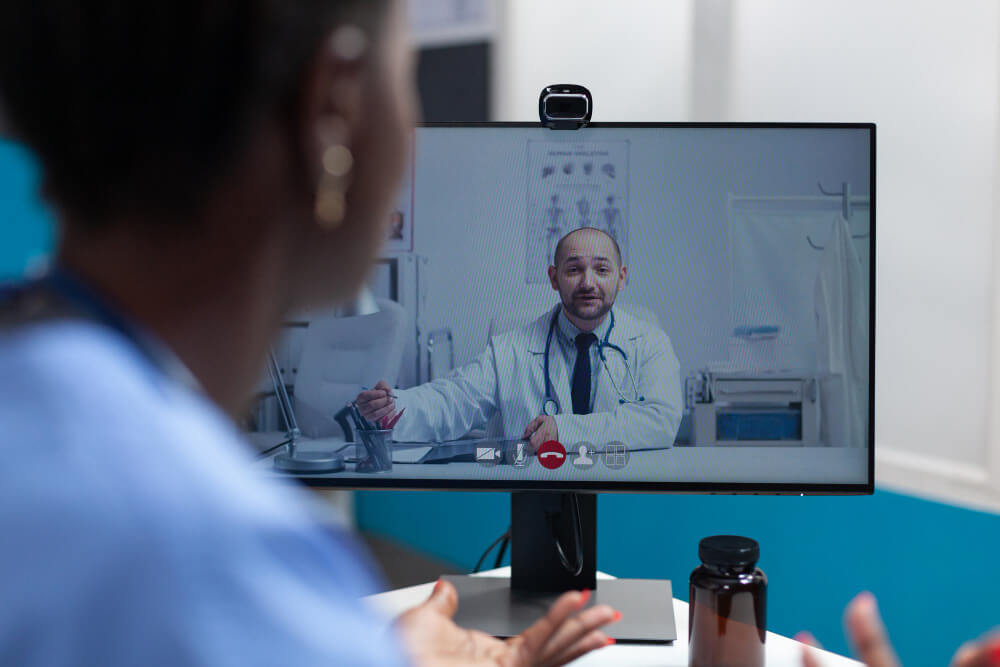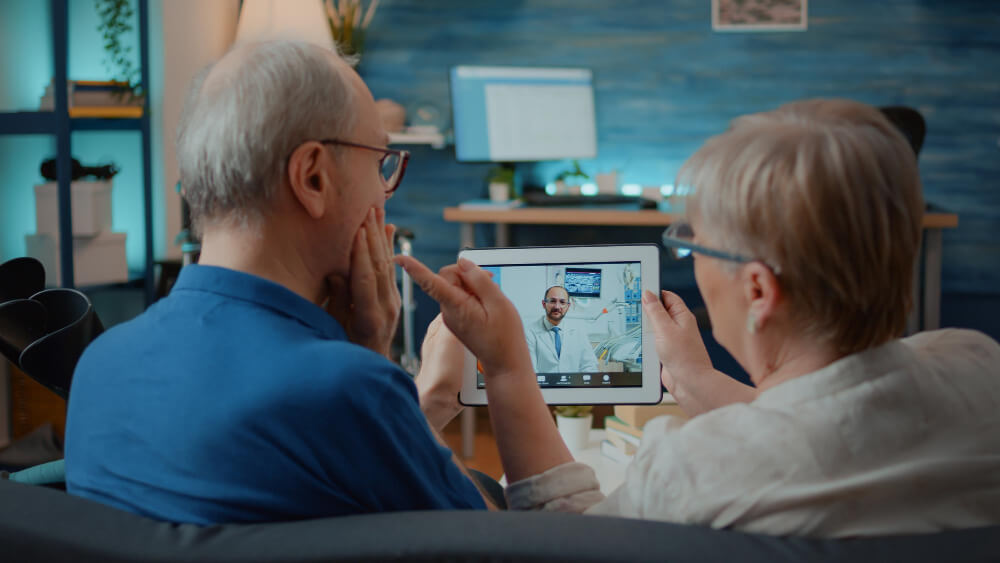Recovering Comfortably: Telehealth for Convenient Post-Operative Check-Ups
Surgery is a life-changing experience, and the road to recovery often involves a series of post-operative check-ups. These follow-up appointments are crucial to monitor healing progress, address any concerns you might have, and ensure a smooth recovery. Traditionally, post-operative check-ups meant scheduling appointments, battling traffic, and enduring waiting rooms. However, telehealth offers a more convenient and efficient alternative for post-operative care.
The Power of Convenience: Telehealth Streamlines Post-Operative Check-Ups
Virtual Doctor Visits:
Telehealth leverages technology to provide remote healthcare consultations. Using secure video conferencing platforms or online patient portals, you can connect with your doctor from the comfort of your home. This eliminates the need for travel and saves you valuable time during your recovery period.
Benefits of Telehealth for Post-Operative Care:
Telehealth offers numerous advantages for post-operative care:
- Convenience: Schedule appointments at your preferred time and location, minimizing disruption to your recovery routine.
- Reduced Waiting Times: Skip the waiting room! Telehealth consultations typically start promptly.
- Improved Accessibility: Telehealth facilitates easier access to healthcare, especially for individuals in remote areas or with limited mobility.
- Reduced Recovery Burden: Minimize post-operative fatigue by eliminating unnecessary travel to doctor’s offices.
- Enhanced Communication: Telehealth can potentially facilitate more frequent communication with your healthcare provider, leading to better monitoring of your recovery.
The Virtual Follow-Up Process:
During a telehealth post-operative check-up, your healthcare provider will:
- Inquire about your progress since surgery, including pain levels, wound healing, and any other post-operative symptoms.
- Discuss any questions or concerns you might have about your recovery.
- Potentially request you to visually demonstrate your incision site or affected area through the video call.
- Review your medication regimen and adjust it if necessary.
- Provide guidance on wound care, pain management techniques, and any necessary activity restrictions.
- Schedule a follow-up appointment, either virtually or in-person, based on your needs.
Suitability for Telehealth: Understanding When Virtual Check-Ups Are Appropriate
Surgeries Well-Suited for Telehealth Follow-Ups:
Telehealth is well-suited for post-operative check-ups following various procedures, including:
- Minimally invasive surgeries: Laparoscopic surgeries, arthroscopic procedures, and other minimally invasive procedures often heal well and can be effectively monitored through telehealth consultations.
- Orthopedic procedures: Telehealth can be beneficial for post-operative check-ups after surgeries like knee arthroscopy, carpal tunnel release, or rotator cuff repair, to assess healing progress and discuss physical therapy exercises.
- General surgeries: Telehealth can be appropriate for follow-up consultations after hernia repair, appendectomy, or gallbladder removal, depending on your recovery progress and the doctor’s assessment.
When an In-Person Appointment Might Be Necessary:
While telehealth offers numerous advantages, it’s important to understand its limitations. If you experience any of the following post-operatively, an in-person doctor’s visit is recommended:
- Severe pain or worsening symptoms: If your pain is severe or worsens despite medication, or if you experience any concerning new symptoms, an in-person evaluation is necessary.
- Signs of infection: Redness, swelling, pus drainage, or fever at the incision site can indicate an infection, requiring an in-person examination and potential treatment adjustments.
- Bleeding or excessive drainage: Unexpected bleeding or excessive drainage from the incision site necessitates an in-person visit.
Difficulty breathing or chest pain: These symptoms can be serious and require immediate medical attention, an in-person evaluation is necessary.


